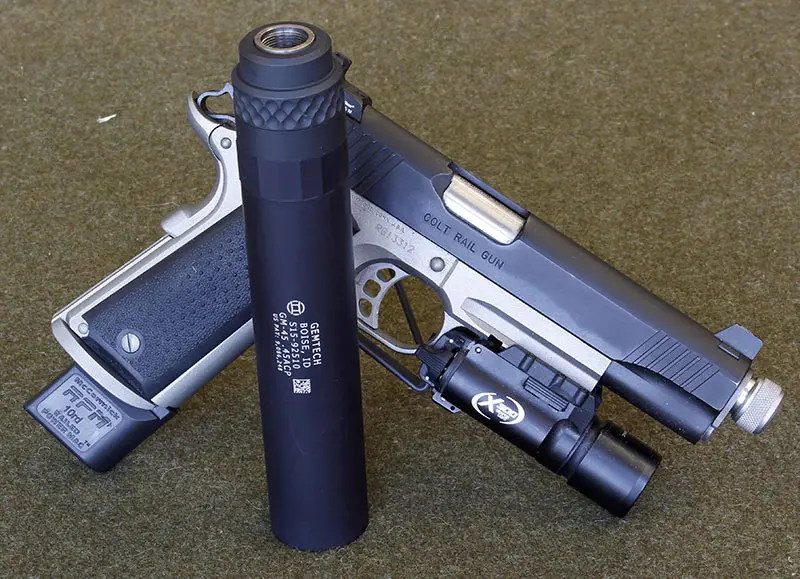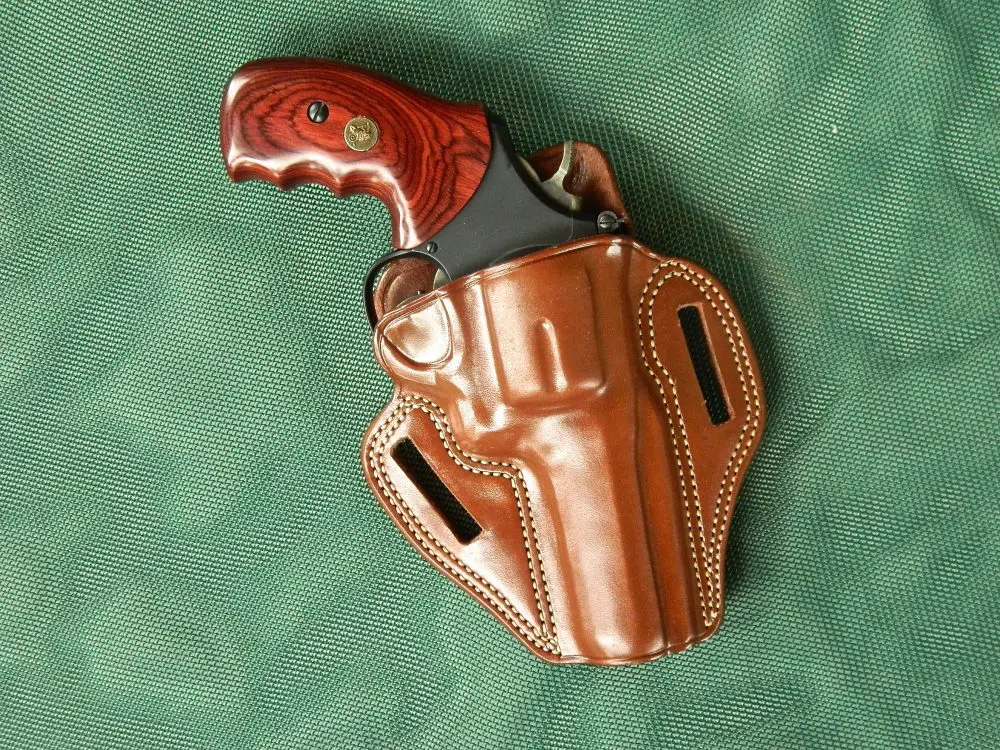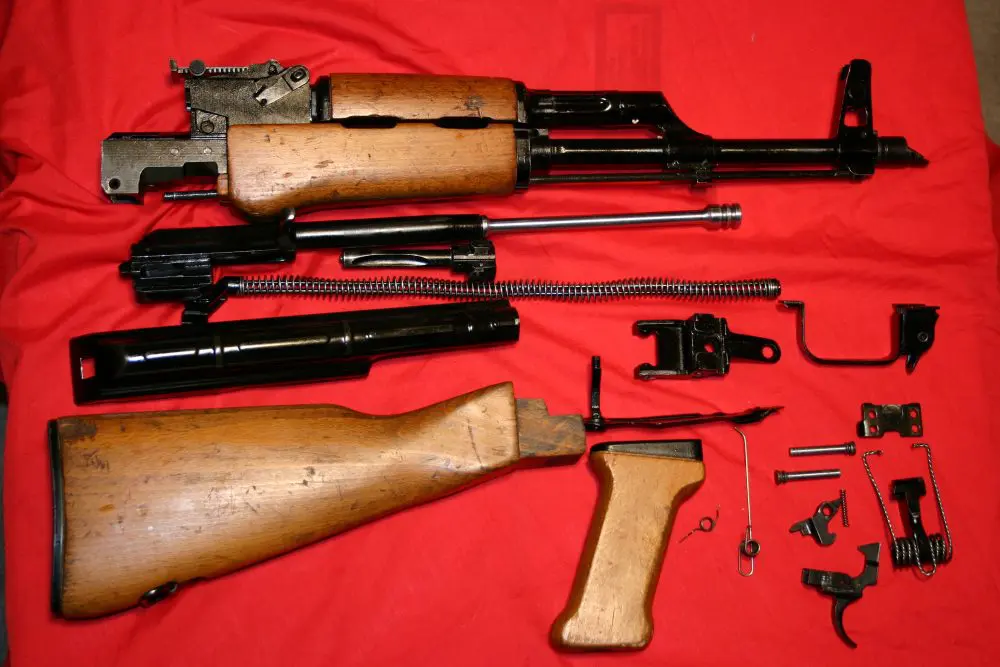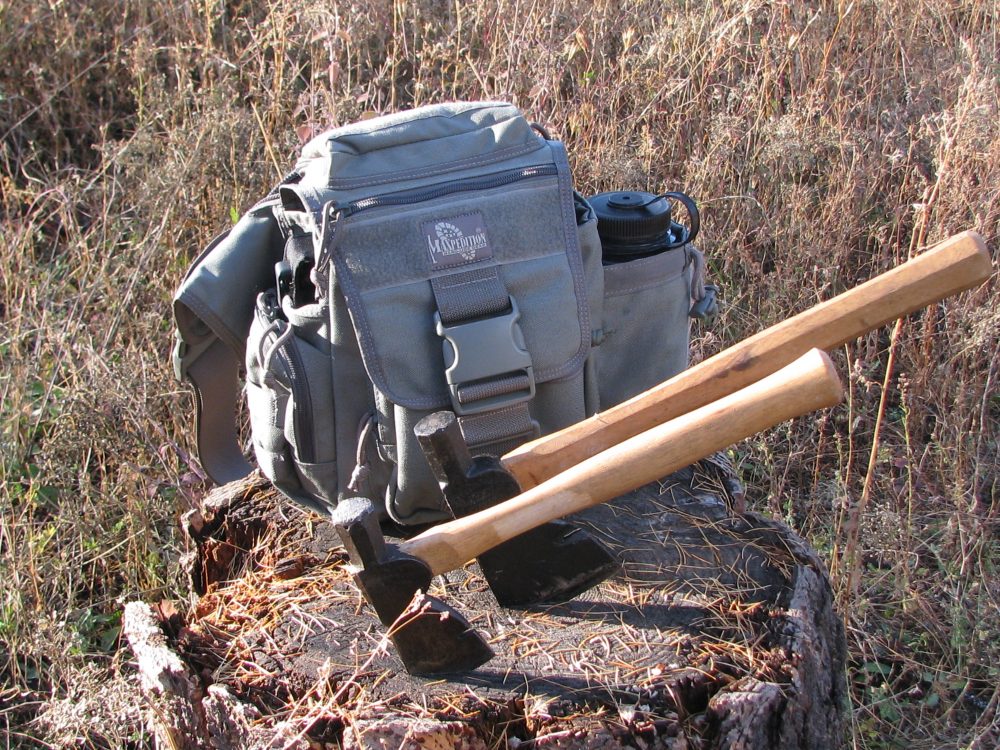
During the Middle Ages, steel tools were kept under lock and key and often guarded. Quality tools were expensive and hard to get, and lots of work required good tools. Shovels, axes, hammers and chisels were required for virtually every daily chore. Knives were carried by everyone, and swords and battle axes by those who could afford them.
As I watched the drama unfold in the aftermath of Superstorm Sandy, I marveled at the lack of preparation on the part of almost everyone. News channels were issuing warnings four or five days before the storm made landfall. You’d think more people would have filled the gas tank on the Chevy, plus bought and filled a couple of gas cans. You’d also think everyone would have a few basic hand tools ready for the storm’s fallout.
Here is what I think each of us should have. You can pay more attention to one thing over another depending on where you live—not much sense in buying a chainsaw if you live 100 miles from the nearest tree. But think rationally about which items make sense to have and know how to use. I’ll start with “must haves” and work my way down.

Table of Contents
MULTI-TOOLS
I’m sure there was something before it, but the Leatherman was the first real multi-tool I used. I have several Swiss Army knives, but don’t put them in this category because they usually don’t have pliers.
A multi-tool is not as good as a purpose-built tool. Using a real Phillips screwdriver is much easier than using the same tool on a SOG multi-tool, but I won’t carry five or six individual tools when I can carry a reasonable compromise. Remember, you may have to pack all this stuff.
I’ve used these tools for all kinds of jobs over the years. The most interesting happened last October in the deep woods of northern Idaho. We were on an elk hunt in a drainage of the Clearwater River, 12 miles from the trailhead, and horses were the mode of transportation.

We were coming down from a high ridge when my partner’s horse went down in a creek crossing. Neither man nor beast were hurt, but the stock of Larry’s rifle was broken in half at the pistol grip. We had three options: 1) quit hunting and just drink whiskey, 2) ride 12 miles and drive 300 more to go home and get another rifle, or 3) try to fix the broken stock. We chose option three.
One hour, a SOG multi-tool, wire, duct tape, three screws, and a fork from a Boy Scout kit resulted in a serviceable repair job. The awl on the tool made pilot holes for the screws, two of which went through the holes in the fork handle, which made a splint. Wire and duct tape held it all together. We re-zeroed the gun and Larry continued the hunt. I could lie and tell you he killed a 7X7 bull, but that’d be … bull. The moral of this story is that a multi-tool saved the day.
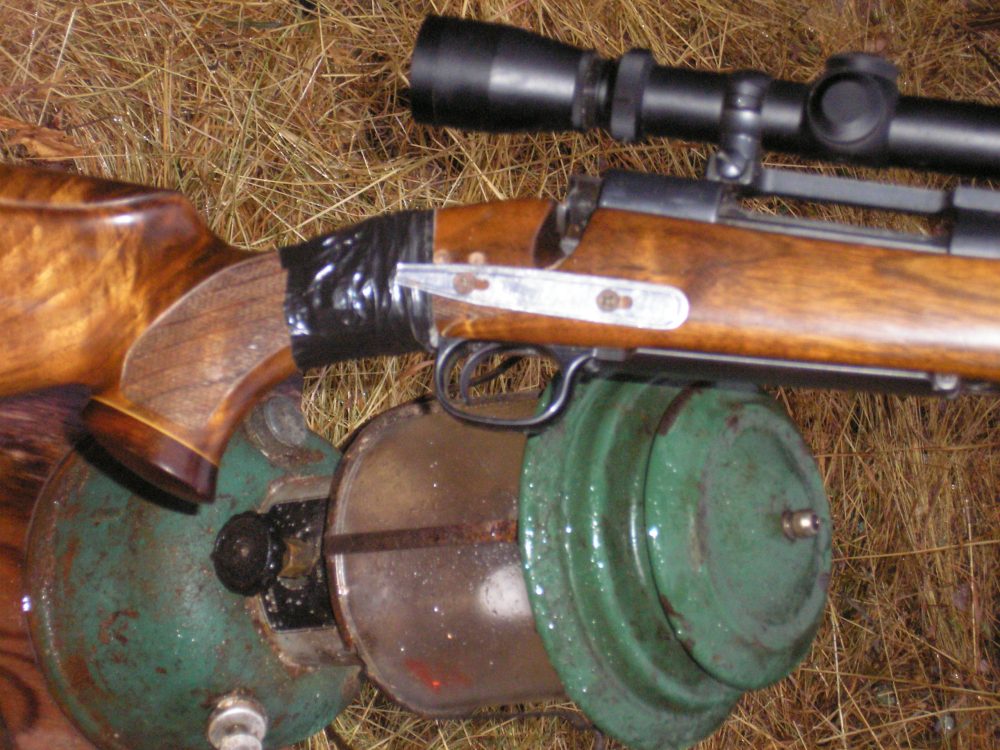

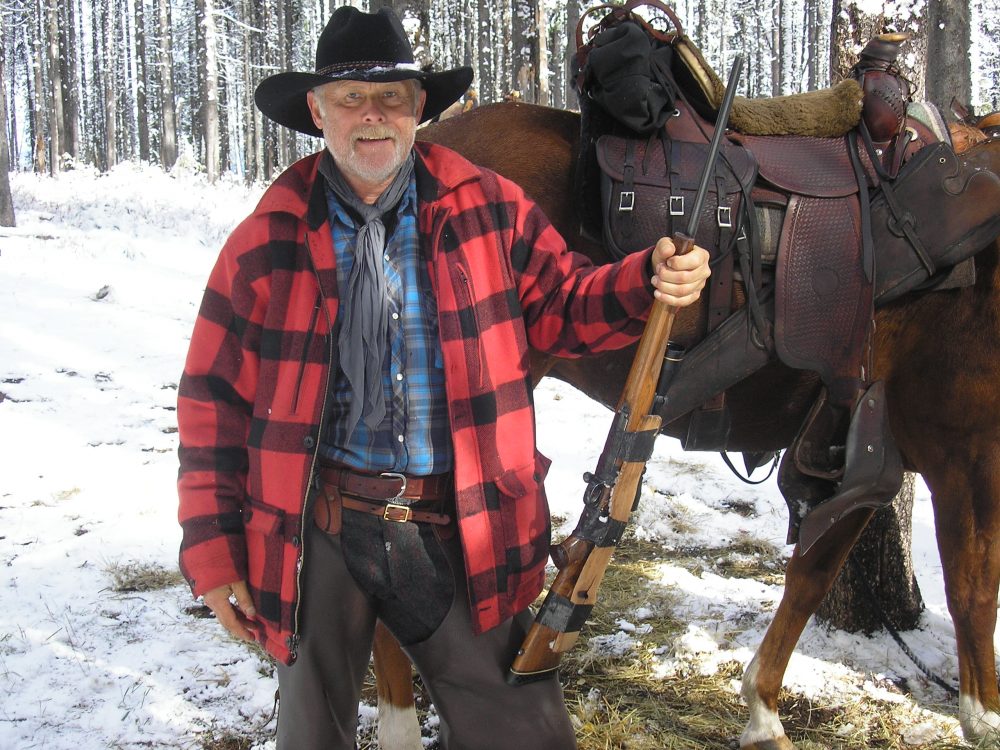
FOLDING KNIVES
I carry two or three folding knives every day (I’ve learned to pat myself down before seeing my friendly TSA guy). These knives are often used to cut tape or open boxes, but they can be used for myriad tasks, including as improvised weapons.
I own a couple of automatics (switchblades) made by Benchmade. They are of outstanding quality. The problem is that they are illegal in many cities and states, so are not worth the risk of carrying and using. I also possess and have trained with a butterfly knife made by Balisong. It falls into the same category. Many police officers incorrectly believe that a butterfly knife is a gravity knife, and you may end up in the slammer. Why take the risk for something that offers no real advantage?

Gerber, Spyderco, SOG and CRKT all make quality folding knives at affordable prices. I use SOG knives for several reasons, the first being that I like the spring assist in opening. Using my thumb, I start the blade open. It then cams over, opens quickly, and locks into place.
Good quality knives can be had for less than $75 if you shop around, so find one that you like and that works for you, and buy several. If you want to use it as a last-ditch weapon, get some good training with it and carry it religiously.
HATCHETS AND AXES
Rogers’ Rangers were formed in 1756 as a long-range mobile force to fight the French, and Rogers’ Rules were a one-page SOP. The 19 rules are mostly about tactics, but weapons are mentioned three times: musket once, hatchet twice.
Hatchets and axes are made to chop stuff. In Rogers’ day, they were used for camp chores and as weapons of choice after a musket volley. As with the fighting knife, we don’t plan on hand-to-hand combat after our carbine and pistol run dry, but we’ll undoubtedly have to chop something. I’d wager a bottle of good whiskey that there were lots of folks in New Jersey after Sandy—and maybe still are—who could use a chopping tool.
Purists can correct me, but I consider hatchets camp tools because they have a hammer side to pound stuff with. I think of a tomahawk strictly as a fighting axe. I have eight or nine hatchets, all from different manufacturers, with head weights from one-half to two pounds. I carry one in my pack on the horse and a small one in my daypack, in the event I get stuck overnight.
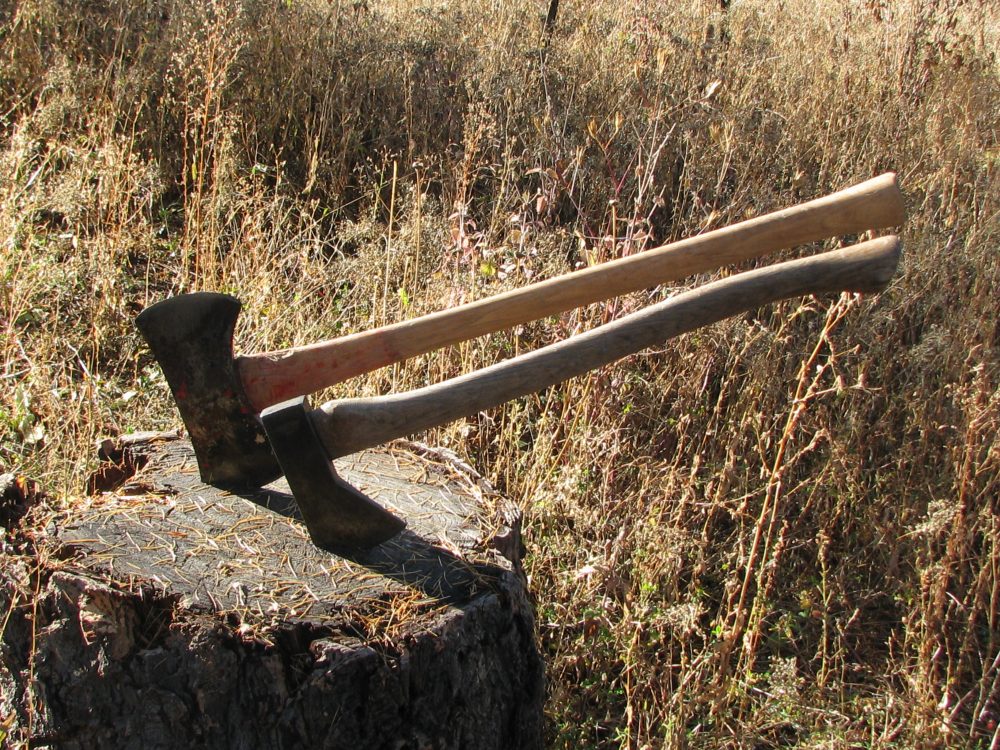
The small cruiser axe in the photo fits the same niche, but the longer handle makes it more cumbersome to carry. The double-bit axe is strictly for gathering wood or removing obstacles.
SMALL FIXED-BLADE KNIVES
By small, I mean a blade four inches or less in length. Check local laws in your area to determine what is a legal length of blade for open carry. Concealed carry of any fixed-blade knife may be illegal, and we’re back to that slammer thing. Also, states like the People’s Democratik Republik of Kalifornia prohibit “daggers and dirks,” which are usually double-edged blades.
My favorite small fixed blade is the Northwest Ranger from SOG. It has a synthetic non-slip handle, single edge, stainless steel construction, full-length tang, and is affordable. I have several and stash them in kits. One now also rides in a Kydex sheath on the strap of my one-day bug-out bag.

LARGE PRODUCTION BLADES
I like to carry a full-size utility knife when I’m out in the sticks. I want to be able to dig, chop, cut, saw, skin game, or gut birds with the knife on my belt, even though I also carry a smaller blade.
A buddy of mine in Alaska hunts sheep. When you hunt sheep, you’re above timberline, and weight is a killer. He carries two double-blade pocketknives—all four blades razor sharp. He can dress and skin an entire sheep using one blade until it gets dull, then switching.
I asked about building a shelter, and he looked at me like I had two heads. Carrying extra weight that you might need is crazy to him. I’d rather carry the weight and have something I can use for several tasks, but you’ll have to make your own decision.
The good news is that there are lots of high-quality large utility knives. It’s pretty hard to beat a USMC Ka-Bar, and new production Ka-Bars can be found at the local gun show for under $50. The newer stainless steel Ka-Bar sells for about $100. The SOG Agency is great, as is the out-of-production Blackjack. If you shop online, you can get any of these knives for under $200.
PREMIUM FIGHTERS
I won’t get into an argument about whether we’ll ever be in a knife fight, and that Col. Colt made knives obsolete in 1836. I will say that bad stuff happens, guns break, and you may be alone when it happens.
I served with a former Special Forces guy who killed an NVA with a knife and who (this is no lie) killed an NVA sentry with a piano-wire garrote. While none of us will be taking out sentries, some of you may need an actual fighting knife.

If I could own only one fighter, it would probably be The Randall #1 that’s been with me for 40 years…but it’s almost too collectible to carry. I’ve also owned several other large Randalls and liked them all. I carried a #14 for years in Alaska (Long story, but don’t try to chop through a deer leg with a knife—Randall kindly fixed the nick in the blade and highlighted the line in the manual that says an axe should be used to chop stuff…you idiot).
The large fighter in the photo is made by Reaper Knives in Soldotna, Alaska. Odean Hall (no relation) is a Marine combat vet and sergeant with the Alaska State Troopers. He built this knife for me from high-carbon steel and Ibex horn handle. I used it to gut and skin another elk on the above-mentioned hunt, and I did the entire carcass without sharpening the blade. His knives are handmade and built to withstand Alaska. I highly recommend Reaper Knives.
The last knife in the photo is a handmade coffin-handled Bowie made by Peter Bromley. I’ve carried and used it for many years. Sometimes I wear it in a kidney carry under my vest. It’s an excellent blade.
The tools described are available and cheap now, but may be unobtainable after a disaster. Think redundant—one is none, two is one—so buy more than one instead of the extra Krugerrand. Buy good ones, learn to sharpen them correctly, and put them where they will be available when “it” happens.
Another option is to stand in line with everyone else after “it” happens, and hope that the guy at the store has some left. At that point, that extra Krugerrand will come in handy.
SOURCES:
Columbia River Knife & Tool Inc.
(800) 891-3100
www.crkt.com
Gerber Gear
(800) 950-6161
www.gerbergear.com
Ka-Bar
800-282-0130
www.ka-bar.com
Randall Made Knives
(407) 855-8075
www.randallknives.com
Reaper Knives
(907) 398-5374
www.reaperknives.net
SOG Specialty Knives & Tools, Inc.
(888) 405-6433
www.sogknives.com
Spyderco
(800) 525-7770
www.spyderco.com


